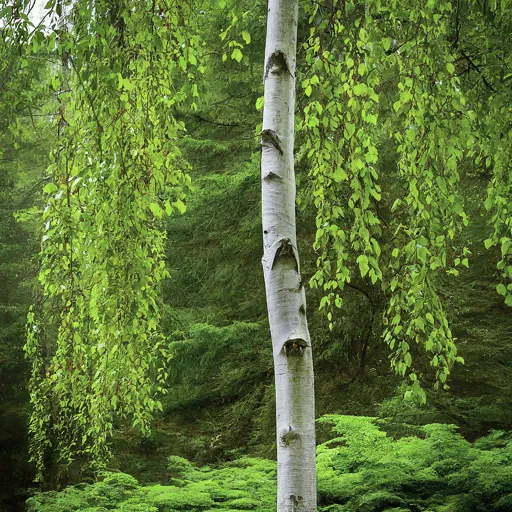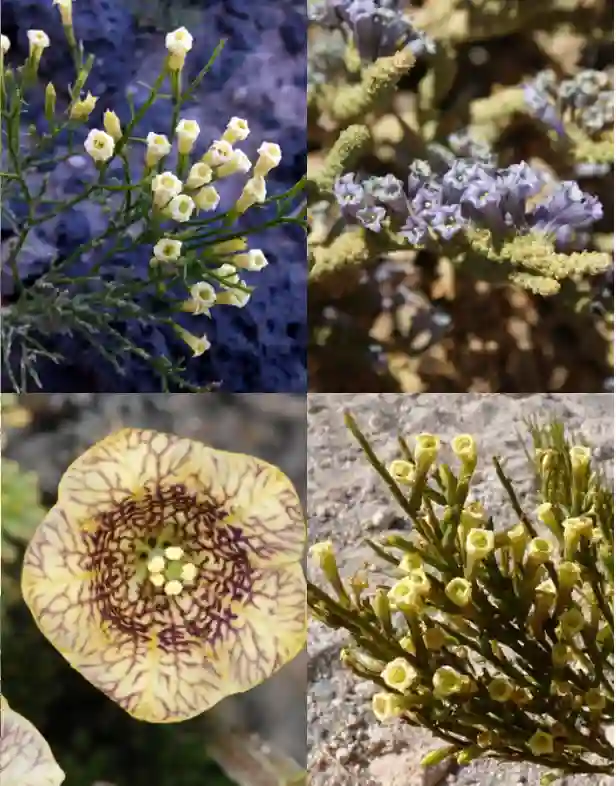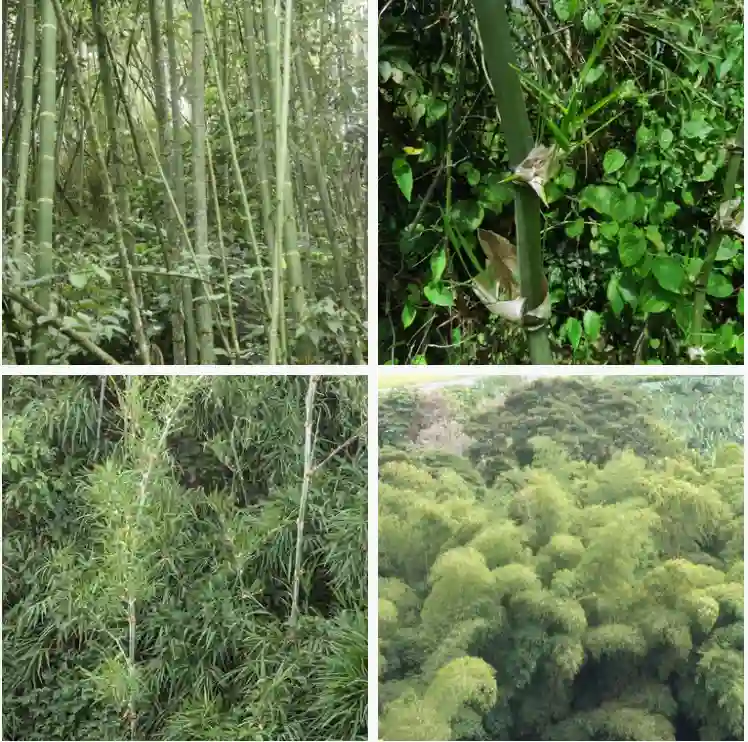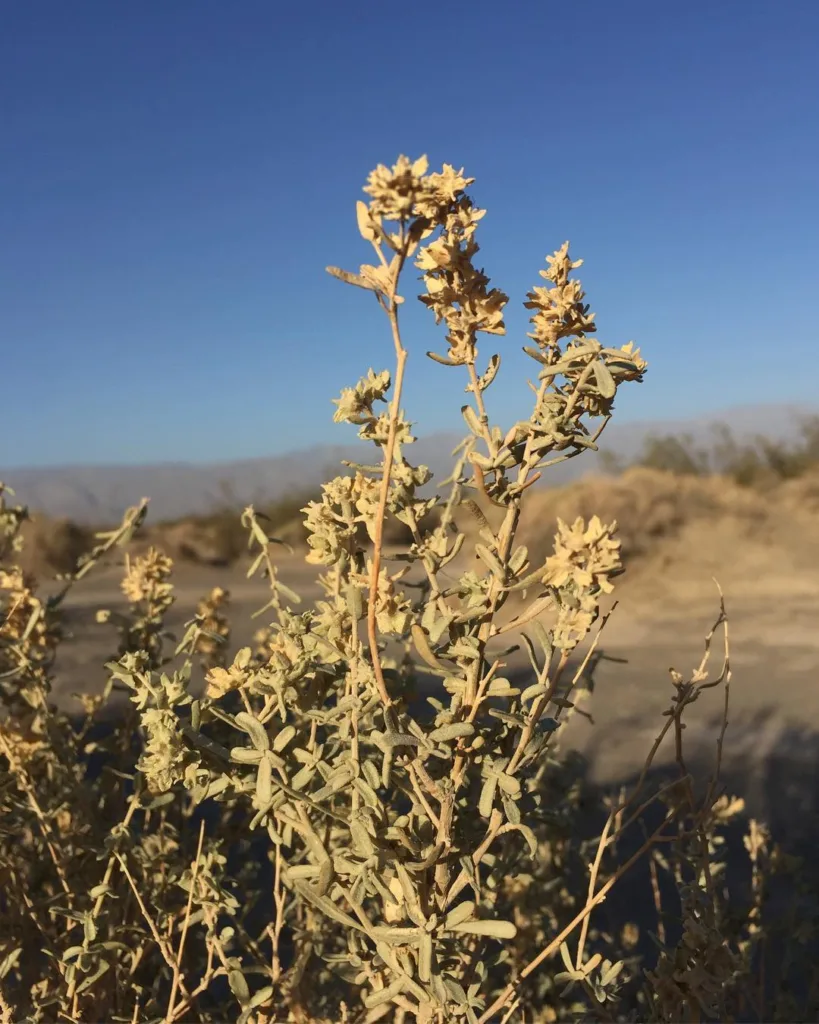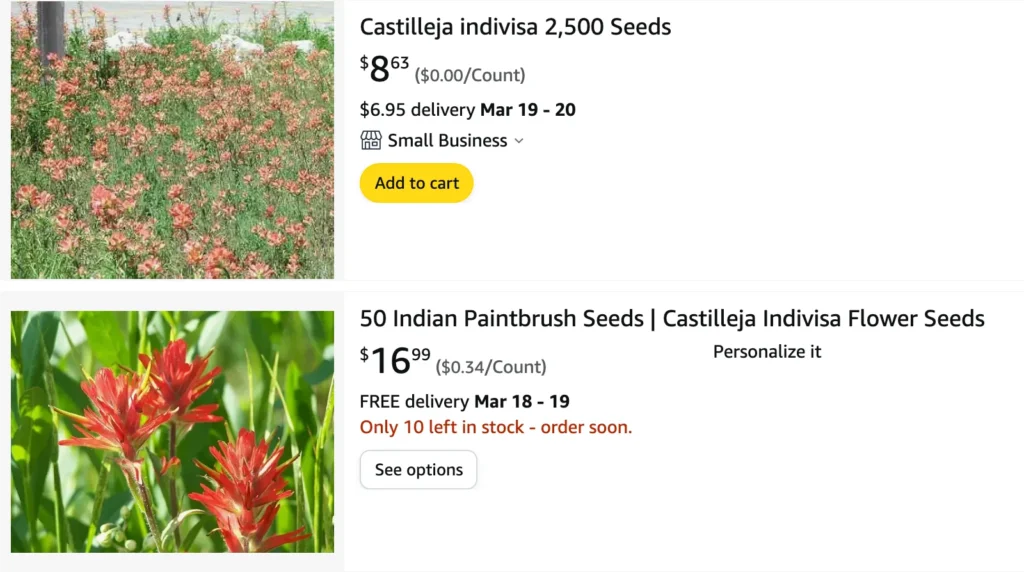
Castilleja Indivisa: FAQs by Ferb Vu
Castilleja indivisa, also known as the Scarlet Paintbrush or Entireleaf Indian Paintbrush, is a stunning wildflower native to North America. Its vibrant red flowers resemble a paintbrush dipped in color, making it a captivating addition to meadows and prairies. As a plant enthusiast, I’ve received many questions about this unique species. Here, I’ll address some of the most common inquiries to help you learn more about Castilleja indivisa.
218 Species in Genus Castilleja
What are the growing conditions for Castilleja indivisa?
Castilleja indivisa thrives in full sun with well-drained soil. It prefers sandy or rocky slopes and tolerates drought conditions well. If you live in an area with heavy clay soil, consider amending it with sand or gravel to improve drainage. While Castilleja indivisa is cold-hardy, it may benefit from winter protection in very harsh climates.
How do I care for Castilleja indivisa?
Once established, Castilleja indivisa requires minimal care. Water deeply during extended dry periods but allow the soil to dry completely between waterings. It’s not a heavy feeder, so avoid overfertilizing. Deadheading spent flowers may encourage additional blooms throughout the season.
Is Castilleja indivisa difficult to grow?
Castilleja indivisa can be challenging to cultivate outside its native habitat. One of the main reasons is its semi-parasitic nature. Its roots form a connection with the roots of nearby plants, stealing nutrients and water. While some gardeners have successfully grown Castilleja indivisa in containers with suitable host plants, it’s generally not recommended for beginners.
What plants can serve as hosts for Castilleja indivisa?
Castilleja indivisa typically parasitizes forbs (flowering herbaceous plants) in the mint family (Lamiaceae) or composite family (Asteraceae). Common examples include Blazing Star (Liatris), Mountain Mint (Pycnanthemum), and Wild Bergamot (Monarda).
Can Castilleja indivisa be grown from seed?
Propagating Castilleja indivisa from seed can be tricky. The seeds require cold stratification (exposure to cold temperatures) to germinate. However, even with proper stratification, germination rates can be low. Some nurseries may offer Castilleja indivisa plants, but they are not widely available.
What are some alternatives to Castilleja indivisa?
If you’re looking for a vibrant red wildflower for your garden and Castilleja indivisa proves too challenging, consider these alternatives:
- Red Columbine (Aquilegia canadensis): This shade-loving perennial boasts clusters of nodding, red flowers.
- Cardinal Flower (Lobelia cardinalis): This moisture-loving perennial features tall spikes of vibrant red flowers that attract hummingbirds.
- Blanketflower (Gaillardia aristata): This drought-tolerant wildflower produces single or double red daisy-like flowers throughout the summer.
How does Castilleja indivisa differ from Indian Paintbrush?
There seems to be some confusion surrounding the scientific name of Castilleja indivisa. The correct spelling is “Castilleja indivisa,” with only one “indivisa” at the end.
There are many other species within the Castilleja genus, some with red flowers that resemble the Scarlet Paintbrush. However, Castilleja indivisa is the most commonly available species referred to as Indian Paintbrush in the horticultural trade.
Is Castilleja indivisa poisonous?
Castilleja indivisa is considered mildly toxic. It’s best to keep it out of reach of children and pets. While ingesting large quantities may cause stomach upset, it’s generally not a serious threat.
What are the ecological benefits of Castilleja indivisa?
Castilleja indivisa plays a vital role in healthy ecosystems. Its vibrant flowers attract pollinators like hummingbirds and butterflies. Additionally, its semi-parasitic nature helps control the populations of its host plants, promoting biodiversity within the meadow or prairie.
By understanding the unique characteristics and challenges of Castilleja indivisa, you can make an informed decision about whether it’s the right addition to your garden. If you’re looking for a vibrant wildflower that requires minimal care once established, Castilleja indivisa can be a rewarding addition to a suitable habitat. Just remember, its parasitic nature may make it a bit more challenging to cultivate than your average wildflower.
If i die, water my plants!
